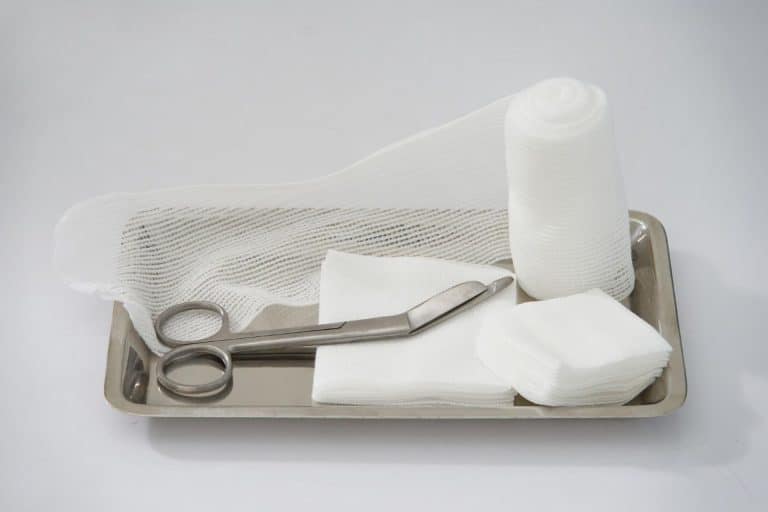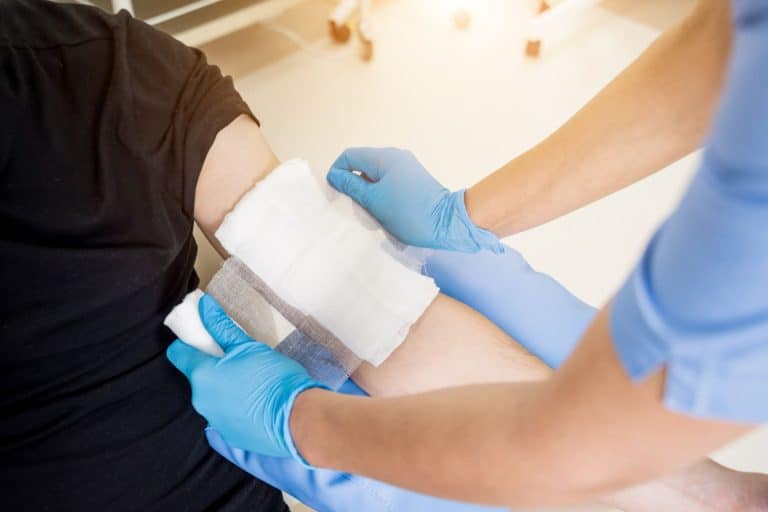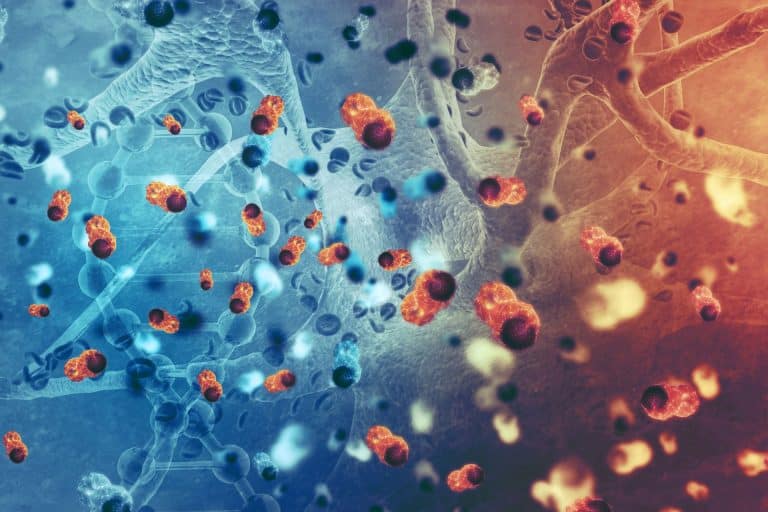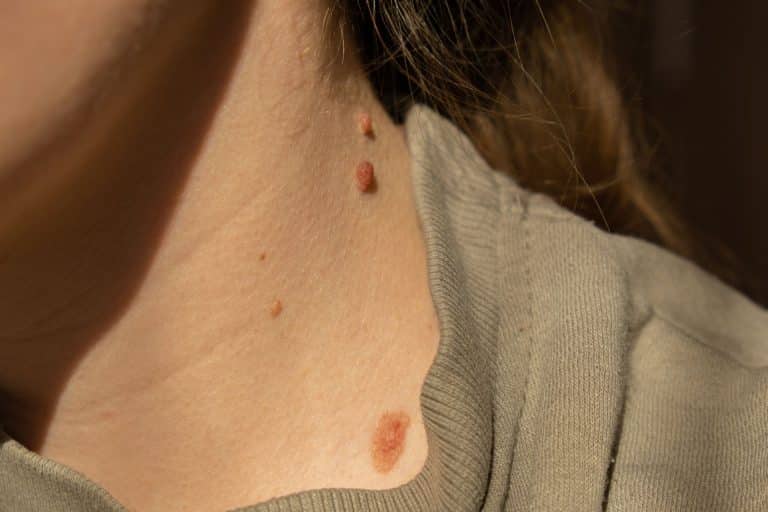News
Stay informed with the latest updates, news, and expert insights on skin cancer care.

The Psychological Impact of Skin Cancer Diagnosis and Treatment
A skin cancer diagnosis can be a life-altering event, not only physically but also emotionally and psychologically. Many patients experience feelings of anxiety, depression, and body image concerns, especially if their treatment involves visible scars or disfigurement. The journey through diagnosis, treatment, and recovery can be challenging, but with the right coping strategies, support systems,

Post-Surgical Wound Care & Dressings: A Practical Guide
Wound care plays a crucial role in healing after surgery. Using the right dressing and following proper care instructions can prevent infections, reduce pain, and promote faster recovery. This guide is designed for patients, nurses, and doctors to help with choosing the right dressing, managing wound issues, and knowing when to seek help. 1. Choosing

How Climate and Geography Affect Skin Cancer Rates
Climate and geography play a crucial role in skin cancer prevalence, influencing UV exposure, ozone depletion, altitude, and behavioural patterns. Australia has one of the highest skin cancer rates globally, largely due to intense ultraviolet (UV) radiation and a fair-skinned population living in a high-risk environment. Understanding the relationship between climate, geography, and skin cancer

Debunking the Myth: Do Asians Not Get Skin Cancer?
There’s a common misconception that Asian skin is immune to skin cancer due to higher melanin levels. Many believe that people of Asian descent are naturally protected from the harmful effects of ultraviolet (UV) radiation and that skin cancer is a disease affecting only Caucasians. Unfortunately, this myth is dangerous, leading to lower awareness, delayed

Patient Advice Sheet: After Your Skin Biopsy
Biopsy (Punch/Shave) You have had a skin biopsy today, which may have been a shave biopsy (removal of a thin layer of skin) or a punch biopsy (removal of a small deeper sample of skin). Below is some guidance on what to expect and how to care for your wound. What to Expect Wound Care

The Evolution of Skin and Skin Cancer Through History
The Earliest Forms of Skin The earliest life forms on Earth had basic protective membranes, serving as the primitive ancestors of modern skin. Single-celled organisms developed phospholipid membranes that controlled nutrient exchange and waste removal. As multicellular organisms emerged, their outer layers became more specialised, forming protective barriers against environmental threats. Among the earliest multicellular

Non-Melanoma Skin Cancers: Basal Cell and Squamous Cell Carcinoma Explained
Non-melanoma skin cancers (NMSCs) are the most common types of skin cancer worldwide, with Basal Cell Carcinoma (BCC) and Squamous Cell Carcinoma (SCC) being the two predominant forms. While they are generally less aggressive than melanoma, they can still cause significant morbidity and, in some cases, mortality if left untreated. This article provides a detailed

The Dangers of Tanning: How UV Exposure Contributes to Skin Cancer
Tanning, whether from natural sunlight or artificial sources like sunbeds, poses significant risks to skin health. While many people associate tanned skin with beauty and vitality, the reality is that tanning damages the skin’s DNA and significantly increases the risk of skin cancer. Understanding the science of ultraviolet (UV) radiation, the long-term effects of tanning,

Melanotan: yay or nay?
In recent years, the pursuit of a sun-kissed complexion without the associated risks of ultraviolet (UV) exposure has led to the emergence of products like Melanotan. Marketed as a means to achieve a tan without sunbathing, Melanotan has garnered attention and controversy. This article delves into what Melanotan is, its purported benefits, associated risks, and


